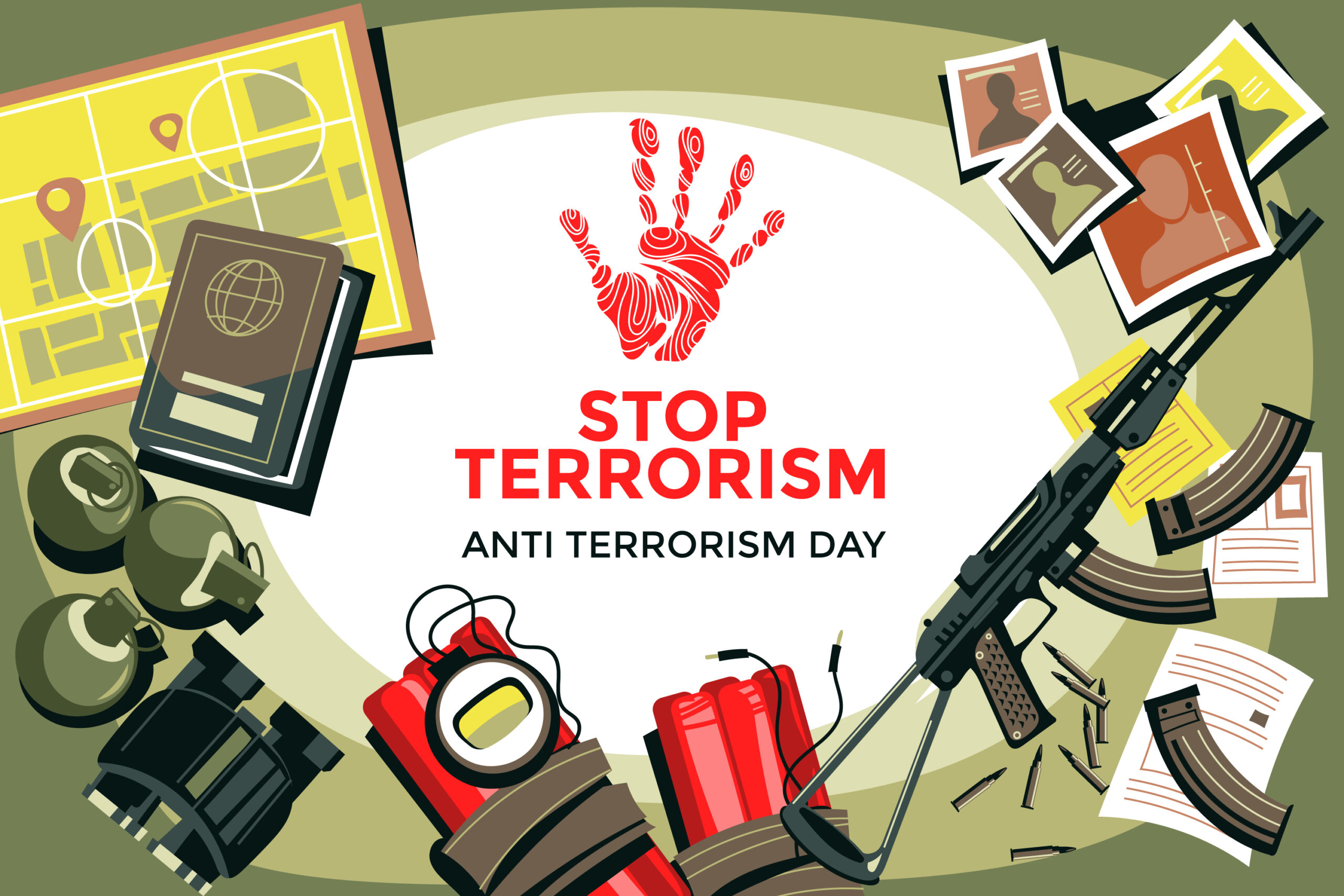Counter-Terrorism and Insurgency Awareness

About Course
In an era where headlines are dominated by complex global threats, understanding the realities of terrorism and insurgency has become an essential skill for professionals across every sector. These are not abstract concepts; they are real-world dynamics that shape the security landscape for organizations, governments, and individuals.
This course is designed to move beyond the media noise and provide you with a clear, factual, and practical understanding of the modern threat environment. This is not a course on operational tradecraft; it is a vital program on strategic awareness. We will equip you with the foundational knowledge to understand the motivations, structures, and tactics of extremist groups, and the principles of an effective response.
By replacing fear with knowledge, this course empowers you to make safer decisions, contribute to your organization’s security, and operate more effectively in an uncertain world.
Throughout this comprehensive certification program, you will learn to:
-
Understand the Modern Threat: Differentiate between terrorism and insurgency, analyze the evolution from hierarchical groups to lone actors, and identify today’s primary ideological drivers.
-
Decode the Path to Extremism: Explore the root causes of radicalization, including the roles of grievance, ideology, and social networks in leading individuals toward violence.
-
Recognize Hostile Surveillance: Learn the basics of intelligence and how to spot the signs of hostile reconnaissance, turning yourself from a potential target into an informed observer.
-
Grasp the Principles of Counter-Insurgency (COIN): Understand the modern “hearts and minds” approach and why protecting the civilian population is the key to long-term success.
-
Navigate the Ethical & Legal Landscape: Explore the critical importance of human rights and international law, and why they are a strategic advantage, not an obstacle, to effective security.
Who is this course for?
This essential training is designed for a wide range of professionals who need to understand the security environment to perform their roles safely and effectively. This includes:
-
International Business Professionals & Corporate Employees
-
NGO Staff & Humanitarian Aid Workers
-
Journalists & Academic Researchers
-
Government Employees & Policy Analysts
-
Private Security Professionals
-
Anyone seeking a deeper, professional understanding of global security issues.
Knowledge is the first line of defense. Enroll today to replace uncertainty with awareness and build the confidence to navigate our complex world.
Course Content
Global Terrorism Landscape
-
Detailed Lesson Content
-
The structure and operation of terrorist groups
-
Modern global terrorist threats
-
Key Takeaways/Summary
Causes of Radicalization
Intelligence and Surveillance Techniques
Counter-Insurgency Tactics
Legal and Human Rights Implications
Case Studies (Boko Haram, Al-Shabaab, etc.)
Assessment: Analytical report + scenario-based evaluation
Final Exam
Certification: Strategic Security Analyst
Student Ratings & Reviews
